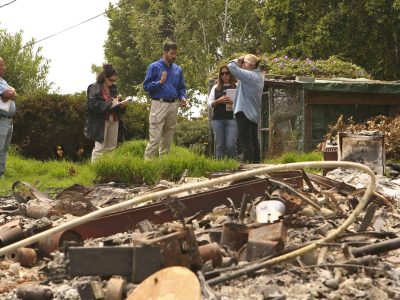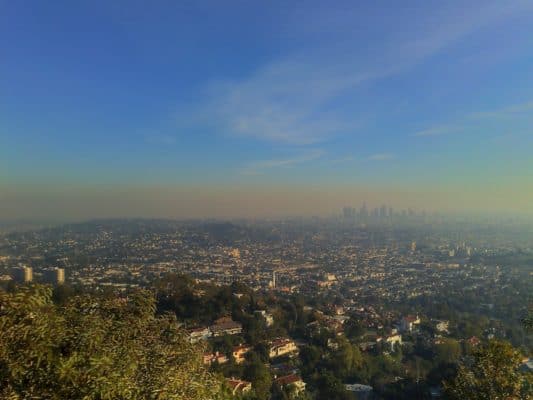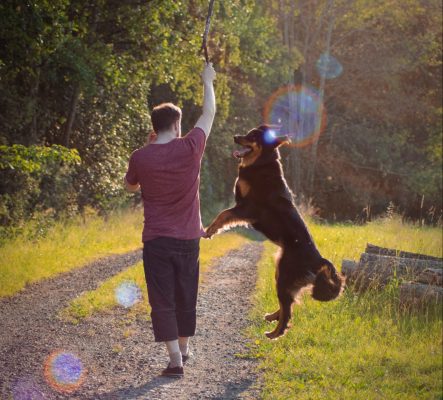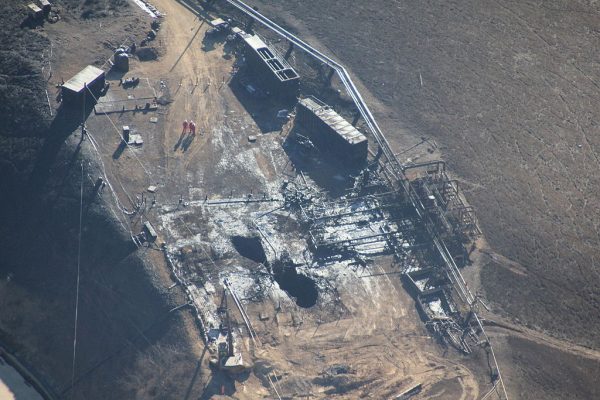ABSTRACT
We studied the relationship between psychological distress and relative resource and risk predictors, including loss of solace from the landscape (solastalgia), one year after the Wallow Fire, in Arizona, United States. Solastalgia refers to the distress caused by damage to the surrounding natural environment and it has not been examined for its relationship to psychological health. Doing so opens avenues of research that inquire into how land management might be able to support improved community resilience and psychological health outcomes after a wildfire. In 2012, we conducted a household survey mailed to all 1387 households in the five communities surrounding the fire. The Kessler Psychological Distress Scale assessed psychological distress. In the multivariate analysis, higher solastalgia score and an adverse financial impact of the fire were associated with clinically significant psychological distress. Annual household income ≥ $80,000 and a higher family functioning score were associated with less psychological distress. Part-time residents were no more likely to have psychological distress than full-time residents. We conclude that dramatic transformation of a landscape by an environmental event such as a wildfire can reduce its value as a source of solace. These results call for novel post-wildfire community recovery interventions that wed forest management and community psychology.
Link to full article: https://doi.org/10.1007/s10393-015-1052-1







